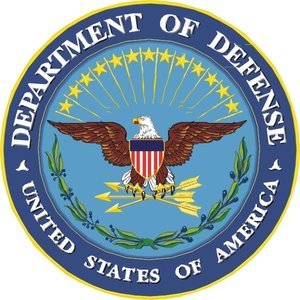La très ancienne place de marché du renseignement...
Un article publié dans Le Monde évoque les échanges variés d'informations et de données entre services de renseignement. Cette place de marché, cette bourse du renseignement, n'est pas une nouveauté. Elle ne concerne pas simplement les services de renseignement. Elle inclue également les armées des pays qui y ont accès.

Ici, elle prendra la forme d'un accord "Lustre" entre la France et les USA pour les échanges de données pompées sur les câbles, là ce sera un réseau de partage d'information pour les armées réunies au sein d'une coalition (Irak, Afghanistan)...
La lecture de l'article publiée dans le monde pourra en éclairer certains. Il nous a semblé utile de porter à la connaissance de nos lecteurs des bouts de documents de l'armée américaine (les militaires, donc, mais gardez en mémoire que leur système d'information est relié à celui du monde du renseignement). Ces informations que nous reproduisons ici évoquent uniquement les échanges d'informations entre alliés, mais sont issus de documents traitant de problématiques plus larges. Certains documents sont probablement devenus publics, d'autres peut-être pas. Ils datent d'une période s'écoulant entre 2001 et 2005.
///////////////////////////////////////////
To enhance information sharing with allies, GE5 has been the leader in advocating a network-centric architecture and processes for information sharing within our largest alliance, the...